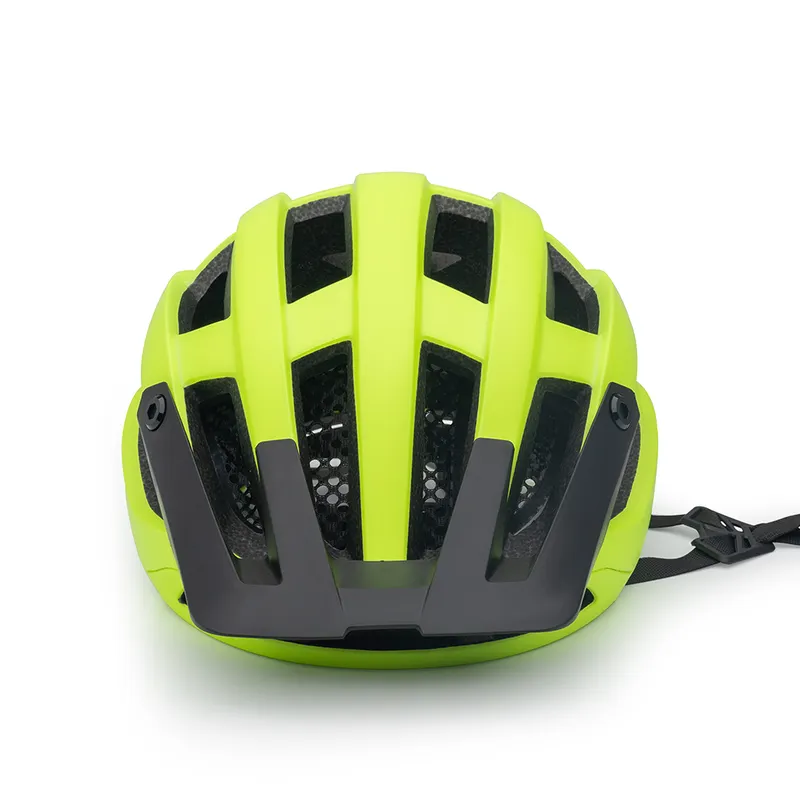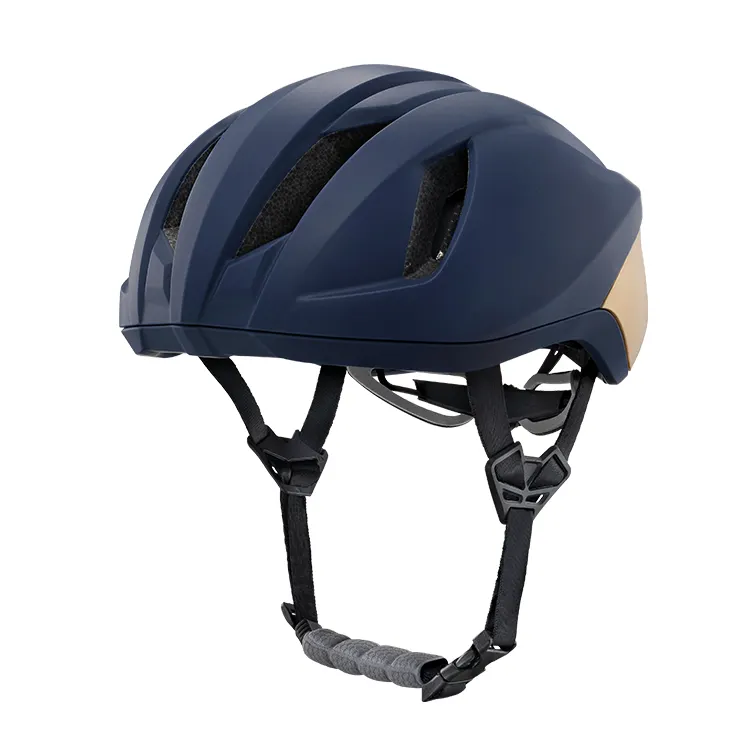Choosing the right bike helmet is crucial for your safety while cycling. Here’s a buying guide to help you make an informed decision when selecting head protection:
1. Safety Certification:
- Ensure the helmet meets safety standards in your re
- gion. In the United States, look for helmets certified by the Consumer Product Safety Commission (CPSC). Certification ensures that the helmet has undergone rigorous testing and meets safety requirements.
2. Fit:
- A properly fitting helmet is essential for your safety. Measure your head’s circumference to determine your helmet size. The helmet should sit snugly on your head without being too tight. Use the retention system (usually a dial or straps) to adjust the fit for a secure and comfortable feel.
3. Helmet Type:
- Consider the type of cycling you do. Different helmets are designed for various activities, such as road cycling, mountain biking, commuting, or leisure riding. Choose a helmet that aligns with your cycling style.
4. Coverage:
- Look for a helmet that offers sufficient coverage. It should protect not only the top of your head but also the sides, back, and front. This broader coverage ensures better protection in case of a fall or collision.
5. Impact Protection:
- The helmet should have an impact-absorbing foam layer, often made of expanded polystyrene (EPS). It’s the primary component responsible for reducing the force of an impact. Ensure it is designed for energy management.
6. Straps and Retention System:
- The straps and retention system should keep the helmet securely in place. Make sure they are easy to adjust and provide a snug fit without being overly tight. The straps should form a V-shape under your ears.
7. Ventilation:
- Ventilation is essential for comfort, especially on hot rides. Choose a helmet with sufficient vents and airflow channels to keep your head cool. Good ventilation also reduces the risk of discomfort and overheating.
8. Weight:
- While the weight of the helmet may not be your primary concern, lighter helmets can be more comfortable for long rides. However, prioritize safety and fit over weight.
9. Liner Material:
- The liner inside the helmet should be comfortable and moisture-wicking. It should provide a comfortable and snug fit while preventing sweat from running into your eyes.
10. Style and Design:
- Helmets come in various styles, colors, and designs. Choose one that matches your personal taste and complements your biking attire. A stylish helmet makes safety look good.
11. Retention System:
- Many helmets include retention systems that allow you to fine-tune the fit by adjusting the helmet’s tension. This is important for achieving a secure and comfortable fit.
12. Visibility:
- Consider helmets with built-in lights, reflective elements, or bright colors to enhance your visibility to motorists. Visibility is an important safety feature, especially when riding in low-light conditions.
13. Price:
- Helmets come in a range of prices. Invest in the best helmet you can afford while ensuring it meets safety and comfort requirements. A higher-priced helmet may offer additional features and improved performance.
In summary, selecting the right bike helmet involves considering safety certification, fit, helmet type, coverage, impact protection, straps, ventilation, weight, liner material, style, visibility, retention system, and your budget. Prioritize safety and comfort when choosing a helmet to ensure your well-being while cycling.



